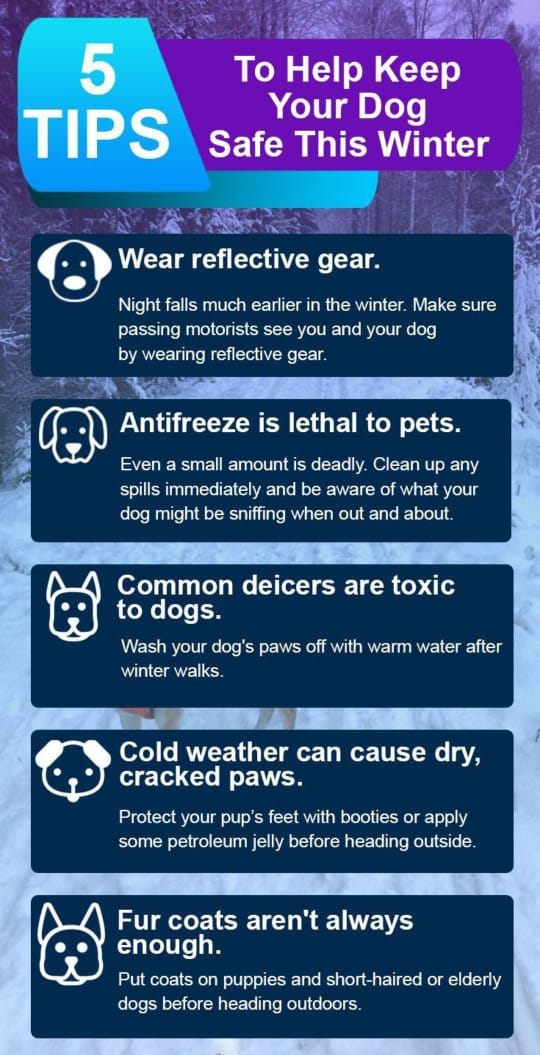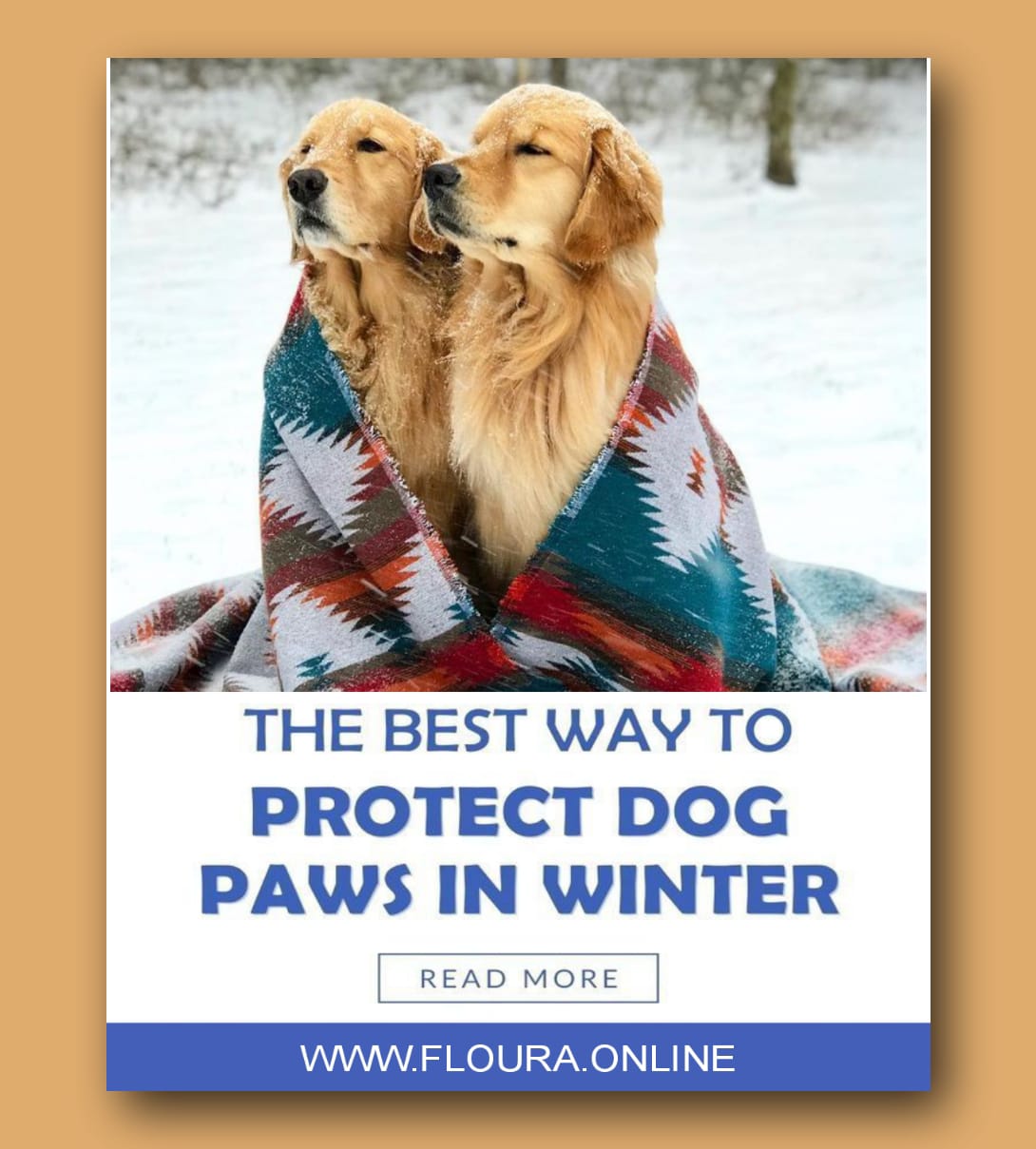12 Best Winter Care Tips
introduction – Winter is beautiful—but for your furry friend, it can be tough. Dogs feel the chill just like we do, and without proper care, winter can pose health risks. Whether you own a fluffy Husky or a short-haired Chihuahua, winter care is essential to keep your dog safe, healthy, and happy.
1. Keep Your Dog Warm Indoors – Your home should be a cozy retreat. Limit their exposure to cold and ensure your dog has a warm sleeping area—away from drafts, cold tiles, or windows. Use soft blankets or a heated dog bed for extra comfort.
2. Limit Outdoor Time – Even if your pup loves playing outside, extended exposure to cold can lead to frostbite or hypothermia. Let them out only for short walks or potty breaks, and bring them back in quickly when it’s freezing.
3. Use Dog Sweaters or Jackets – Yes, dogs in sweaters are adorable—but they’re also practical. Short-haired and small breeds need that extra layer when going out. Choose snug-fitting, weather-resistant clothing to trap warmth without restricting movement.
4. Protect Their Paws – Cold sidewalks, ice, and salted roads can be harsh on dog paws. Invest in dog booties or apply paw balm before walks. After walks, wipe their paws to remove any ice, chemicals, or debris.
5. Keep Them Dry – Wet fur is a cold fur. After walks in the snow or rain, dry your dog thoroughly. Towel them off or use a blow dryer on a low setting to keep them warm and prevent skin infections.
6. Maintain a Balanced Diet – Dogs burn more calories staying warm in winter. You might need to adjust their food intake, especially if they’re active outdoors. Consult your vet to ensure your dog is getting the right nutrients and energy levels.
7. Hydration Matters – Don’t let the cold fool you—your dog still needs plenty of water. Heaters and dry indoor air can lead to dehydration. Keep fresh water available, and check that it’s not frozen if kept outside.
8. Watch for Signs of Cold Stress – If your dog is shivering, whining, anxious, or lifting paws off the ground, they’re probably too cold. Take these signs seriously and warm them up immediately. Prevention is key.
9. Avoid Over-Bathing – Frequent baths can dry out your dog’s skin in winter. Reduce bathing frequency and use moisturizing or oatmeal-based shampoos. Always dry them fully after a bath.
10. Moisturize Their Skin – Just like us, dogs can suffer from dry, itchy skin in winter. Use dog-safe moisturizers or add fish oil supplements (with vet approval) to their diet for healthier skin and coat.
11. Provide Entertainment Indoors – When it’s too cold to go out, make sure your dog doesn’t get bored. Use puzzle toys, training games, or indoor fetch to keep them mentally and physically stimulated.
12. Keep Up with Grooming – Even in winter, grooming matters. Regular brushing helps distribute natural oils and keeps their coat healthy. For long-haired breeds, it prevents matting and insulates better.
“Winter can be magical, but it’s not always friendly to our four-legged companions. By following these 12 tips, you’re ensuring your dog stays warm, happy, and healthy all season long. After all, they rely on you to brave the chill.”
How to Protect Dog Paws in Winter
Winter may bring a magical wonderland for us, but for dogs, snow, ice, and salt-covered sidewalks can be tough on their sensitive paws. Cold temperatures, harsh chemicals, and rough terrain can cause cracked pads, irritation, or even infections. Luckily, with a little care and attention, you can keep your dog’s paws healthy and comfortable all season long.
1. Use Dog Booties – Booties are one of the best ways to shield your dog’s paws from winter hazards. They act like tiny shoes, offering protection from ice, salt, and frozen surfaces. Look for booties with a good grip and a secure fit so they don’t slip off during walks. It might take your pup some time to get used to them—but with a little practice, they’ll love the comfort.
2. Apply Paw Balm or Wax – If your dog isn’t a fan of booties, paw balm is the next best thing. These protective waxes create a barrier against salt and ice while moisturizing the paw pads. Apply it before going out and wipe it off gently after the walk. Musher’s Secret and other vet-recommended paw balms are great options.
3. Trim the Hair Around Paws – Long hair between your dog’s toes can trap snow and ice, leading to matting and discomfort. Regularly trimming the fur between the pads can prevent ice build-up and keep paws cleaner.
4. Wipe Paws After Walks – Always clean your dog’s paws with a warm, damp cloth after outdoor walks. This removes harmful ice melt chemicals and prevents them from licking toxic substances off their paws.
5. Check for Injuries Regularly – Cold weather can hide cracks, cuts, or sores. Check your dog’s paws frequently for signs of irritation or damage. If you notice any redness, swelling, or limping, contact your vet.
“Read – How To Trim Cat Nails at Home”
“Your dog’s paws are their shoes—treat them with care. With a mix of protective gear, grooming, and a little post-walk pampering, your pup can enjoy winter safely and happily.”

7 Best Winter Coats for Dogs
When winter hits, your furry friend feels the chill too. While some dogs have thick coats that handle cold weather well, others—especially short-haired, small, or senior dogs—need an extra layer of warmth. A good winter coat can keep your dog comfortable, safe, and ready for winter adventures. Here are 7 of the best winter coats for dogs in 2025.
1. Ruffwear Powder Hound Jacket – Perfect for active pups, the Ruffwear Powder Hound offers a great mix of warmth and flexibility. It’s made from a stretchable fleece and synthetic insulation, making it ideal for hiking or outdoor play in cold weather. It’s easy to zip up and offers full coverage from neck to tail.
2. Canada Pooch Slush Suit – This one’s a game-changer for wet and slushy winter walks. The Canada Pooch Slush Suit is waterproof and windproof, with full-body coverage that keeps snow, ice, and salt away from your dog’s fur. It’s especially good for small breeds that easily get cold.
3. Kurgo Loft Dog Jacket – Stylish and practical, the Kurgo Loft Jacket is reversible and lightweight. It features reflective piping for safety in low light and has a convenient zippered opening for leash access. Water-resistant on the outside and warm on the inside, it’s perfect for everyday walks.
4. WeatherBeeta Reflective Parka 300D Deluxe – This heavy-duty coat is for dogs who brave extreme temperatures. The 300D nylon outer layer is tough and waterproof, while the 220g polyfill ensures warmth. It also features a reflective stripe, perfect for those dark, early morning walks.
5. Gooby Padded Dog Vest – Designed for small dogs, the Gooby Padded Vest is affordable and cozy. It’s made of water-resistant material, has a soft inner lining, and includes a built-in D-ring so you can skip the harness. Plus, it comes in various bright colors.
6. Hurtta Extreme Warmer – Built for the harshest winters, the Hurtta Extreme Warmer covers your dog’s chest, neck, and rear. It includes thermal foil lining that reflects body heat. This coat is great for short-haired breeds or dogs with health conditions needing extra protection.
7. PetRageous Kodiak Coat – Rugged, warm, and affordable—this coat is made from a durable outer shell with a fleece lining. It’s designed for easy on-and-off wear and fits most breeds comfortably. Velcro straps make adjusting a breeze.
“Read – 10 Common Mistakes Every Dog Owner”
“No matter your dog’s breed or size, investing in a winter coat is a smart way to protect them from cold, wind, and snow. Choose one that suits your pup’s lifestyle, and you’ll both enjoy winter a whole lot more.”
Best Winter Diet for Dogs
When temperatures drop, your dog’s nutritional needs change. Just like humans, dogs need extra energy to stay warm during the chilly months. A proper winter diet not only boosts their immunity but also helps maintain a healthy weight, shiny coat, and high energy levels. So, what should you feed your pup when winter rolls in? Let’s break down the essentials.
1. Increase Protein and Healthy Fats – Dogs tend to burn more calories in the cold to regulate body temperature. A winter diet rich in protein and healthy fats provides the energy they need. Opt for high-quality meats like chicken, turkey, or lamb. Fish like salmon and sardines also add omega-3 fatty acids that help keep their coat shiny and skin hydrated.
2. Add Warm, Home-Cooked Meals – Introducing warm, home-cooked food during winter can be comforting and nutritious. Stews made with lean meat, brown rice, and vegetables like carrots or pumpkin are great options. Make sure ingredients are dog-safe—no onions, garlic, or excessive salt.
3. Include Digestive Support – Cold weather can slow down digestion, especially in older dogs. Add a bit of plain yogurt or pumpkin puree to their meals. These are rich in probiotics and fiber, which support a healthy gut and improve stool quality.
4. Keep Them Hydrated – While dogs may not seem thirsty in winter, they still need plenty of water. Dry indoor heating can lead to dehydration. Ensure fresh water is always available and consider adding a little warm broth (without onion or garlic) to encourage drinking.
5. Don’t Overfeed – Dogs might seem hungrier in winter, but that doesn’t mean they need to eat excessively. Monitor their weight and activity levels. Indoor, less-active dogs might need fewer calories, while outdoor, active ones may need more.
6. Include Immune-Boosting Ingredients – Adding a few natural immune boosters can help ward off winter illnesses. Try blueberries, turmeric (a pinch), sweet potatoes, or green beans. These support the immune system and overall vitality.
“Read – Natural & Homemade Winter Diet for Dogs”
“Always consult your vet before making major dietary changes. Every dog is different, and their winter diet should match their size, breed, activity level, and health condition.”
Best Paw Balm for Dogs in Winter
Winter can be rough on your dog’s paws. Icy sidewalks, salt, and freezing temps can lead to cracked, dry, or even bleeding paw pads. That’s where a good paw balm comes to the rescue! These soothing balms protect, moisturize, and heal your pup’s sensitive paws. Here are the best paw balms to keep your dog comfortable all winter long.
1. Musher’s Secret Paw Wax – This one’s a classic—and for good reason. Originally developed for sled dogs, Musher’s Secret is a thick, non-toxic wax that creates a breathable barrier against ice, salt, and snow. It’s safe to lick and made with natural ingredients like beeswax and vitamin E.
2. Natural Dog Company Paw Soother – Packed with healing herbs like calendula, chamomile, and lavender, this balm soothes dry, cracked pads quickly. It’s also great for dogs with sensitive skin or existing paw issues. Bonus: it smells amazing!
3. Paw Nectar by QualityPet – Formulated with organic ingredients like coconut oil, shea butter, and aloe vera, this balm not only protects but deeply moisturizes. It absorbs quickly, so your pup won’t track it all over the house.
4. Burt’s Bees Paw & Nose Lotion – From a brand you already trust, Burt’s Bees offers a gentle, vet-approved formula made with rosemary and olive oil. It’s ideal for dogs who don’t like heavy balms and is super affordable too.
5. Vet’s Best Paw and Nose Balm – If your dog’s paws are already cracked or inflamed, this medicated balm helps heal quickly. With essential oils like lavender and tea tree, it offers relief while also acting as a protective shield.
THANKYOU FOR READING THIS BLOG
